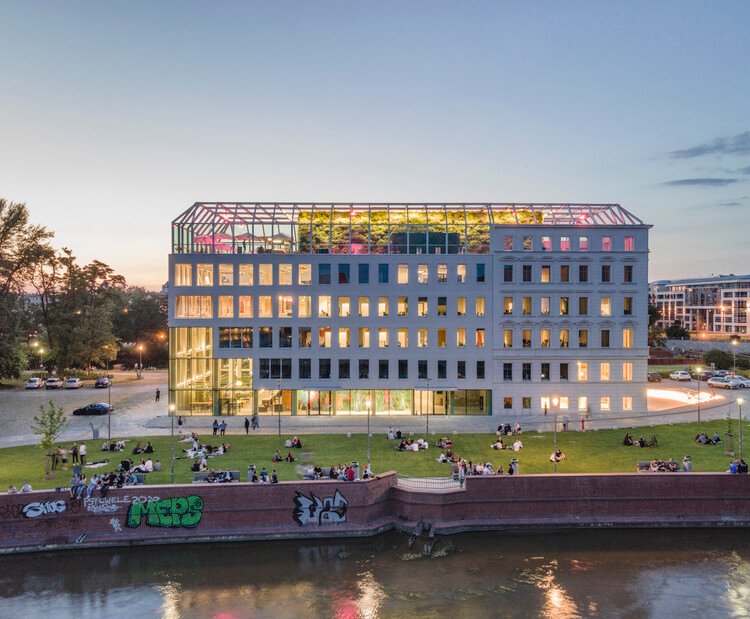The Impact of DLSS 3 on Architectural Visualization Performance
As technology continues to advance, so does the ability to create and visualize stunning architectural designs. One tool that has significantly transformed the realm of architectural visualization is DLSS 3. This revolutionary technology from NVIDIA has been deemed a game-changer, and rightly so. In this blog post, we will delve into the impact of DLSS 3 on architectural visualization performance. We will explain what DLSS is, how it works, and why it’s integral to the future of architectural visualization.
Understanding DLSS 3
Before we can appreciate the impact of DLSS 3 on architectural visualization, it’s essential to understand what it is and how it works.
What is DLSS?
DLSS, short for Deep Learning Super Sampling, is a groundbreaking AI rendering technology developed by NVIDIA. This technology uses artificial intelligence and machine learning to produce an image that looks like a high-resolution image, but requires fewer pixels. This means DLSS can deliver performance gains without compromising on image quality.
How Does DLSS Work?
DLSS operates by taking a smaller, lower-resolution image and using AI, it upscales it to a larger, high-resolution image. The AI has been pre-trained on a vast array of high-quality images, enabling it to predict what the full-resolution image should look like. This process significantly reduces the computational load on the GPU, allowing for faster and more efficient rendering.
The Impact of DLSS 3 on Architectural Visualization
Now that we’ve covered what DLSS is and how it works, let’s explore the impact it has on architectural visualization performance.
## H2: Understanding DLSS 3.0
What is DLSS 3.0?
DLSS (Deep Learning Super Sampling) 3.0 is the latest version of NVIDIA’s AI-powered technology designed to enhance game and application performance. As its name suggests, DLSS utilizes deep learning algorithms to upscale lower-resolution images in real-time, providing a higher quality image while also improving the performance of the application or game.
How DLSS 3.0 Works?
DLSS 3.0 operates by training a deep learning model on thousands of high-resolution images. This model, once trained, can then predict what a high-resolution image should look like based on a lower-resolution input. It leverages the Tensor Cores in NVIDIA’s RTX series of graphics cards to perform these upscaling computations, resulting in perceptibly better image quality and higher performance than traditional upscaling methods.
DLSS 3.0 in Architectural Visualization
Enhancing Real-Time Rendering
One of the key areas where DLSS 3.0 has a significant impact is in real-time rendering, a technique often used in architectural visualization. By allowing for real-time upscaling of images, DLSS 3.0 can significantly speed up the rendering process, making it more efficient for architects and designers to iterate on their designs and visualize them in high quality. This can lead to a much smoother and faster workflow, saving valuable time and resources.
Improved Visual Quality
In addition to improving performance, DLSS 3.0 also enhances the visual quality of architectural visualizations. Traditional upscaling methods can often result in a loss of detail and clarity, but thanks to its AI-powered algorithms, DLSS 3.0 can upscale images without such loss of quality. This means that architects and designers can produce high-quality visualizations without needing to render at high resolutions, which can be time-consuming and resource-intensive.
The Impact on Workflow and Productivity
Accelerated Design Iteration
With the adoption of DLSS 3.0 in architectural visualization, design iteration can be significantly accelerated. The ability to quickly render high-quality visualizations allows architects and designers to make changes to their designs and see the results in real-time, leading to a faster and more efficient design process.
Streamlined Project Delivery
The performance enhancements provided by DLSS 3.0 can also streamline the delivery of architectural projects. By speeding up the rendering process and improving visual quality, architects and designers can present their designs to clients much faster, resulting in quicker project turnaround times and increased productivity.## H2: Understanding DLSS 3.0
What is DLSS 3.0?
DLSS (Deep Learning Super Sampling) 3.0 is the latest version of NVIDIA’s AI-powered technology designed to enhance game and application performance. As its name suggests, DLSS utilizes deep learning algorithms to upscale lower-resolution images in real-time, providing a higher quality image while also improving the performance of the application or game.
How DLSS 3.0 Works?
DLSS 3.0 operates by training a deep learning model on thousands of high-resolution images. This model, once trained, can then predict what a high-resolution image should look like based on a lower-resolution input. It leverages the Tensor Cores in NVIDIA’s RTX series of graphics cards to perform these upscaling computations, resulting in perceptibly better image quality and higher performance than traditional upscaling methods.
DLSS 3.0 in Architectural Visualization
Enhancing Real-Time Rendering
One of the key areas where DLSS 3.0 has a significant impact is in real-time rendering, a technique often used in architectural visualization. By allowing for real-time upscaling of images, DLSS 3.0 can significantly speed up the rendering process, making it more efficient for architects and designers to iterate on their designs and visualize them in high quality. This can lead to a much smoother and faster workflow, saving valuable time and resources.
Improved Visual Quality
In addition to improving performance, DLSS 3.0 also enhances the visual quality of architectural visualizations. Traditional upscaling methods can often result in a loss of detail and clarity, but thanks to its AI-powered algorithms, DLSS 3.0 can upscale images without such loss of quality. This means that architects and designers can produce high-quality visualizations without needing to render at high resolutions, which can be time-consuming and resource-intensive.
The Impact on Workflow and Productivity
Accelerated Design Iteration
With the adoption of DLSS 3.0 in architectural visualization, design iteration can be significantly accelerated. The ability to quickly render high-quality visualizations allows architects and designers to make changes to their designs and see the results in real-time, leading to a faster and more efficient design process.
Streamlined Project Delivery
The performance enhancements provided by DLSS 3.0 can also streamline the delivery of architectural projects. By speeding up the rendering process and improving visual quality, architects and designers can present their designs to clients much faster, resulting in quicker project turnaround times and increased productivity.







